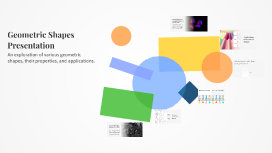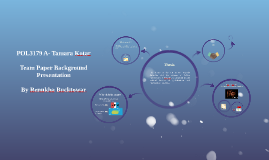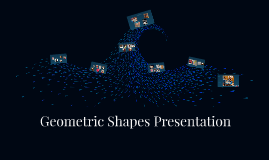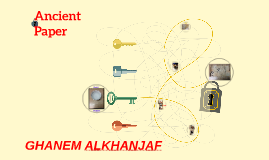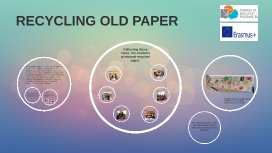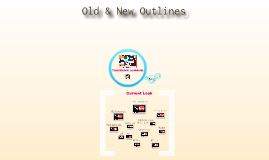Geometric Shapes Presentation
Transcript: The Importance of Geometric Shapes in Everyday Life Geometric shapes play a crucial role in numerous real-world applications, from architecture and engineering to art and design. By mastering their properties and classifications, one can enhance problem-solving skills and creativity in various fields. Architecture Design In architecture, geometric shapes are essential for designing buildings and structures, providing stability and aesthetic appeal through well-defined forms. Engineering Applications Engineers utilize geometric shapes in creating efficient and effective designs for machinery and infrastructure, ensuring functionality and safety. Applications of Geometric Shapes Geometric Shapes Presentation Artistic Expression Artists often incorporate geometric shapes in visual art to create patterns, compositions, and innovative artworks that challenge perceptions. Mathematical Problem Solving In mathematics, geometric shapes are fundamental in teaching concepts and solving problems involving area, volume, and spatial reasoning. An exploration of various geometric shapes, their properties, and applications. Distinction Between 2D and 3D Shapes Understanding the fundamental differences and characteristics of geometric shapes across dimensions. 2D Shapes 2D shapes are defined by only two dimensions: length and width. They are flat and can be drawn on a plane without any depth. Examples include circles, squares, and triangles. 3D Shapes 3D shapes incorporate three dimensions: length, width, and depth. These shapes occupy physical space and can be visualized from multiple angles. Examples include cubes, spheres, and pyramids. Defining Properties Diversity in Triangles Geometric shapes possess distinct attributes that define their characteristics, such as the number of sides, angles, and symmetry. These properties allow us to categorize and analyze shapes effectively. For instance, a square, which is a type of quadrilateral, has four equal sides and four right angles, making it a regular polygon. In contrast, a triangle can have varying attributes depending on its type, such as equilateral, isosceles, or scalene. An equilateral triangle has three equal sides and angles, while a scalene triangle has sides of different lengths and angles of different measures. This diversity in properties helps illustrate the complexity and beauty of geometric shapes. Two-Dimensional Shapes Two-dimensional shapes are flat and have only length and width. They include basic shapes such as circles, squares, rectangles, and triangles, each defined by unique characteristics like the number of sides and angles. Types of Geometric Shapes Three-Dimensional Shapes Three-dimensional shapes possess depth in addition to length and width, allowing them to occupy physical space. Examples include cubes, spheres, cylinders, and pyramids, which can be analyzed in terms of volume and surface area. Understanding Geometric Shapes: The Building Blocks of Mathematics and Design Geometric shapes are essential components in both mathematical theory and practical design. They encompass a variety of forms, each with unique properties that contribute to their classification. This presentation will delve into the significance of these shapes and their applications in different fields.






